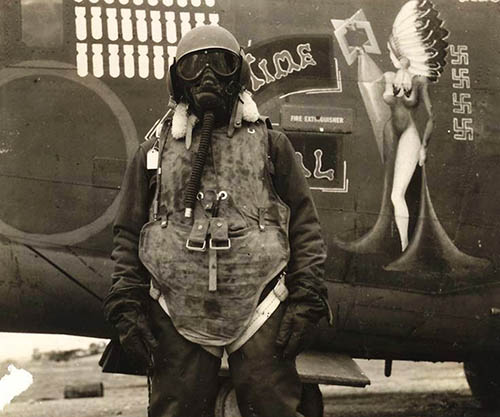


He bought the Stearman, which had been wrecked in a crash, in 2005, sight unseen, by telephone. In 2002, he reversed the typical pilot’s career path and joined the Air Force. He’d come right over our house pulling those banners, and I was hooked.” After graduating from Minnesota State University in Mankato, Quy became a pilot for Sun Country Airlines. There was a guy with a Stearman who dragged advertising signs. “When I was 7 or 8, my family lived at the end of a grass runway. “I grew up in Apple Valley, Minnesota,” Quy recalled as he and I prepared to board the plane for a flight over California farmland. Quy’s love affair with the PT-13D seems almost fated. The 332nd was deployed in April 1943 and flew more than 1,500 missions over Italy and the Mediterranean from various bases in North Africa. Ben Davis Jr., the son of America’s first African-American general. Their 332nd Fighter Group was commanded by West Point graduate Lt. The Airmen manned both fighter planes and bombers. The first class of five Tuskegee pilots graduated in March 1942, three months after Pearl Harbor. Primary training took place at Moton Field in Tuskegee, Alabama, which is where Quy’s Stearman was originally based. It was used to ready America’s first African-American military pilots, the Tuskegee Airmen, for aerial combat. But what makes this particular plane-with its Air Corps blue, yellow, red and white color scheme-an important addition to the new museum’s holdings is its backstory. The Stearman was standard issue for training fledgling pilots during the war. and, ultimately, the Smithsonian’s National Museum of African American History and Culture (NMAAHC), whose new home is slated to open in 2015. Army Air Corps Stearman, bound for Washington, D.C. Matt Quy (pronounced Kwai), took off from Lincoln in the PT-13D U.S. This past July, the World War II-era two-seater’s pilot and owner, Air Force Capt.

Parked on the tarmac at Lincoln, California’s municipal airport, the open-cockpit biplane looked as if it had just rolled off the assembly line, circa 1944.


 0 kommentar(er)
0 kommentar(er)
